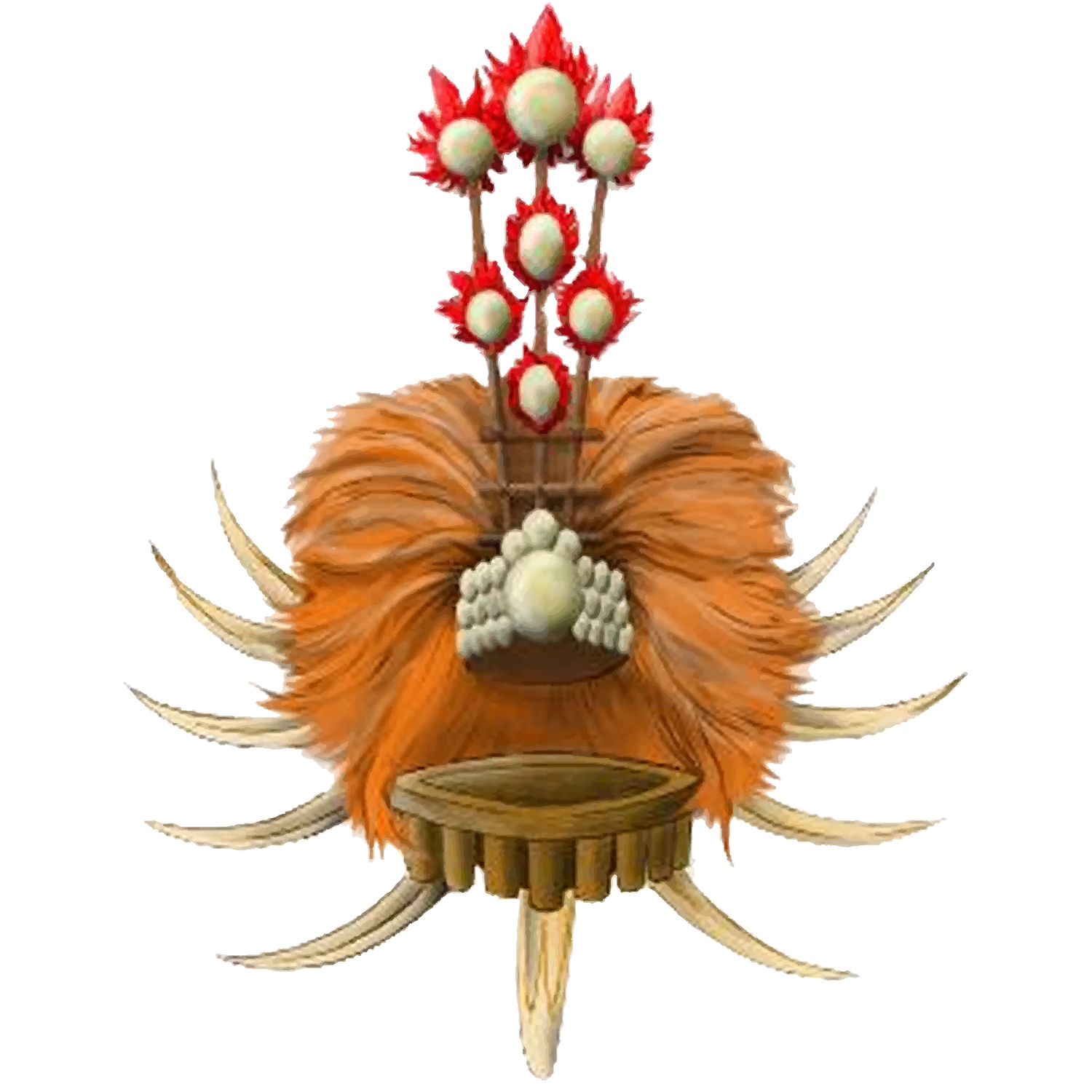about malaeloa / ituau
Itūʻau, together with Aitūlagi, make up the village of Malaeloa .
Aitūlagi is the name of the famed family of high orator chiefs (tama matua) from the Leāsina county.
Itūʻau along with the villages of Fūtiga, Taputimu and Vailoatai form the itūmalo (county/district) o Tuālātai.
Although Itūʻau and Aitūlagi align themselves with different counties, today they operate together in many respects as one village under the name of Malaeloa.
FUN FACT
Itūʻau can literally be translated as "war side". The itūʻau and the alātaua (war path) were roles assumed by allied villages or districts during times of conflict. This was a common practice throughout pre-contact Samoa, with its roots in the first Mālietoa government. The function of the itūʻau role can be described as a "controller of troops", whereas the alātaua role can be described as a "director of wars". These functions were carried out by the tulafale (talking chiefs) of the villages or districts designated with these respective roles.
HISTORICAL SITE
The Malaeloa Itūʻau Olo Site (or defensive fortification), which was nominated for the National Register of Historic Places in 2015, is supported by Samoan cultural histories and oral traditions relating to interregional conflicts and defenses against cannibalism during pre-contact periods. It was built to protect villagers from Tuifeʻai, the legendary cannibal king of Tutuila, and his aumaga (army).

